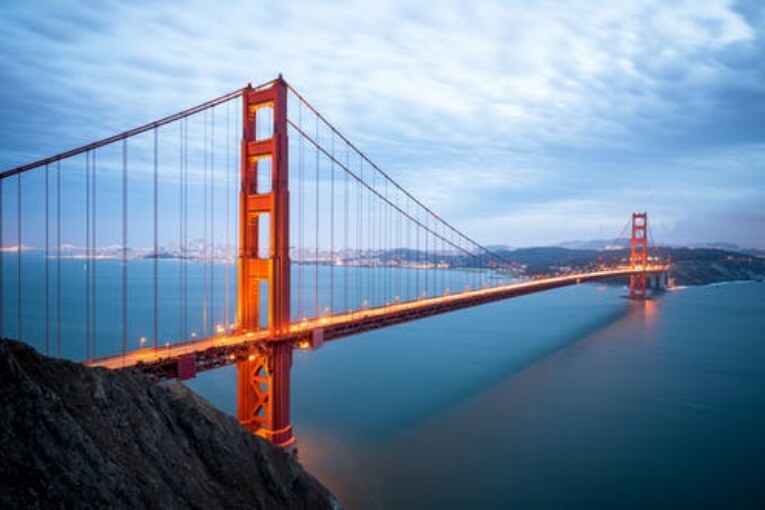
What is a Bridge??
- Bridge is a structure built to span physical obstacles such as a body of water, valley, or road, for the purpose of providing passage over the obstacle without closing the gap below.
- Bridge building is not a new science. The sophistication in bridge building technology has been developing since the human civilization.
- Generally carry a road or railway across a natural or artificial obstacle such as, a river, canal or another railway or another road.
- Design of bridge will vary depending on the function of the bridge and the nature of the area where the bridge is to be constructed.
- Bridge is a structure corresponding to the heaviest responsibility in carrying a free flow of transport and is the most significant component of a transportation system in case of communication over gaps for whatever reason such as aquatic obstacle, valleys and gorges, etc.
Types based on structural form
- Arch
- Beam
- Cantilever
- Truss
- Cable stayed
- Suspension
Arch Bridge
- Arch bridge are one of the oldest bridges and have great natural shape.
- Instead of pushing straight down, the weight of an arch bridge is carried outward to the curve of the arch to the support.
- These supports, called the abutment from the load and keep the ends of the beam spreading out.
Beam/Girder Bridge
- The most basic type of bridge.
- Typically consists of a beam simply supported on each side by a support and can be continuous later.
- Typically inexpensive to build.
Cantilever Bridge
- In a cantilever bridge, the roadway is constructed out from the pier in two directions at the same time so that the weight on both sides counterbalance each other.
- Notice the larger section at the support to resist the negative moments.
Truss Bridge
- All beams in a truss bridge are straight. Trusses are comprised of many small beams that together can support a large amount of weight and span great distances.
- Typical span length: 40-500m
Cable-Stayed Bridge
- All the forces are transferred from the deck through the cables to the pylon.
- The cable stayed bridge is newer than the other types of bridge. Large upright steel supports are used to transmit the load into the ground.
Suspension Bridge
- Suspension bridge needs to have very strong main cables.
- Cables are anchored at the abutment.
Importance of Bridges
- Connects difficult terrains
- Easy trade and transportation of goods
- Reduces travelling time
- Military use
- Political and economic importance
- Less emission due to displacement
Loading on Bridges
- Dead load
- Live load
- Buoyancy pressure
- Centrifugal force
- Earth pressure
- Seismic load
- Water pressure
- Wind load
- Thermal forces
Bridge Damages Classification
- Inner factors
- Traffic load factors
- Weather and environmental factors
- Maintenance factors
Causes of bridge failure
- Earthquake
- Fire
- Boat impact
- Flood
- Construction accidents
- Manufacturing defects
- Design defects
- Poor maintenance
Maintenance of Bridges
- The bearing of girders should be coated with oil.
- The floor system of approaches and bridges should be properly maintained.
- The entire drainage system should be inspected for its proper functioning.
- The movement of foundations, if any, should be carefully inspected and all attempts should b be made to stop further movement.
Conclusion
- Bridges connect destinations. Bridges are assets to mankind and have to last for generations as the construction of bridge influences the whole ecosystem and the change is permanent. So proper planning to adapt the bridge into the natural ecosystem has to be done. The scope of bridge engineering is ever booming and technology used in bridge building is also getting sophisticated.


